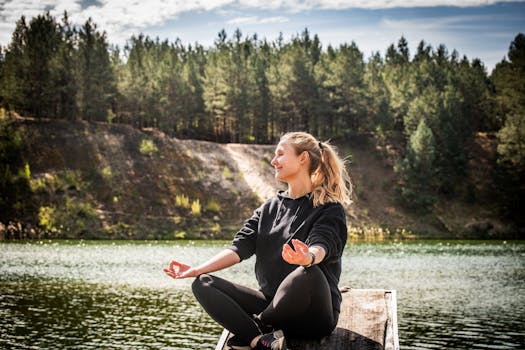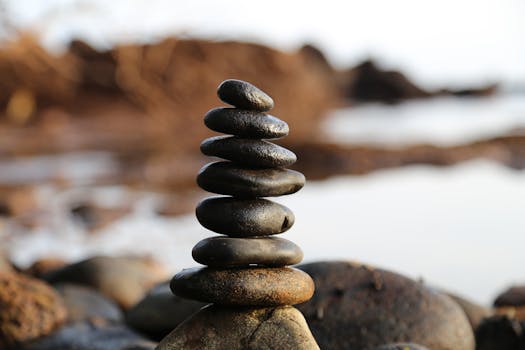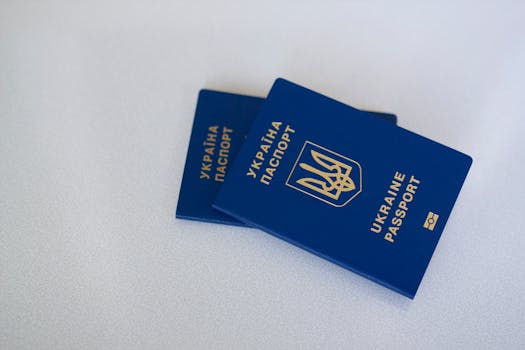
“
Mindfulness Practices for Stress Relief: A Comprehensive Guide
Mindfulness practices have become increasingly popular in recent years, and for good reason. These practices have been shown to have a positive impact on both physical and mental health, reducing stress and anxiety while improving overall well-being. In this article, we will explore the concept of mindfulness, its benefits, and provide a comprehensive guide to mindfulness practices for stress relief.
What is Mindfulness?

Mindfulness is the practice of being present in the moment, paying attention to your thoughts, feelings, and sensations without judgment. It involves cultivating a non-judgmental awareness of the present moment, allowing you to respond to situations more skillfully and with greater clarity. Mindfulness is often practiced through meditation, yoga, and other mindfulness exercises.
Benefits of Mindfulness Practices

The benefits of mindfulness practices are numerous and well-documented. Some of the most significant benefits include:
- Reduced stress and anxiety
- Improved sleep quality
- Increased focus and concentration
- Enhanced self-awareness and emotional regulation
- Improved relationships and communication skills
Mindfulness Practices for Stress Relief

There are many mindfulness practices that can help reduce stress and anxiety. Some of the most effective practices include:
Meditation
Meditation is a powerful mindfulness practice that involves focusing your attention on a single point, such as the breath, a mantra, or a physical sensation. Regular meditation practice has been shown to reduce stress and anxiety, improve mood, and enhance overall well-being.
Yoga
Yoga is a physical, mental, and spiritual practice that combines physical postures, breathing techniques, and meditation. Yoga has been shown to reduce stress and anxiety, improve flexibility and balance, and enhance overall physical and mental well-being.
Body Scan Meditation
Body scan meditation involves lying down or sitting comfortably and bringing your attention to different parts of the body, starting at the toes and moving up to the head. This practice can help release physical tension and promote relaxation.
Mindful Breathing
Mindful breathing involves paying attention to the breath, noticing the sensation of the breath moving in and out of the body. This practice can help calm the mind and reduce stress and anxiety.
Walking Meditation
Walking meditation involves paying attention to the sensation of the feet touching the ground, the movement of the legs and arms, and the rhythm of the breath. This practice can help cultivate a sense of calm and clarity.
How to Incorporate Mindfulness Practices into Your Daily Life

Incorporating mindfulness practices into your daily life can be simple and straightforward. Here are some tips to get you started:
- Start small: Begin with short periods of mindfulness practice, such as 5-10 minutes a day, and gradually increase as you become more comfortable with the practice.
- Make it a habit: Incorporate mindfulness practices into your daily routine, such as right after waking up or before bed.
- Find a quiet space: Identify a quiet and comfortable space where you can practice mindfulness without distractions.
- Use guided recordings: Utilize guided recordings or apps to help you get started with mindfulness practices.
Conclusion

Mindfulness practices are a powerful tool for reducing stress and anxiety, improving overall well-being, and enhancing quality of life. By incorporating mindfulness practices into your daily life, you can cultivate a greater sense of calm, clarity, and fulfillment. Remember to start small, be consistent, and make mindfulness a habit. With regular practice, you can experience the many benefits of mindfulness and live a healthier, happier life.
See more:
https://www.mindful.org/
https://www.headspace.com/
https://www.calm.com/


